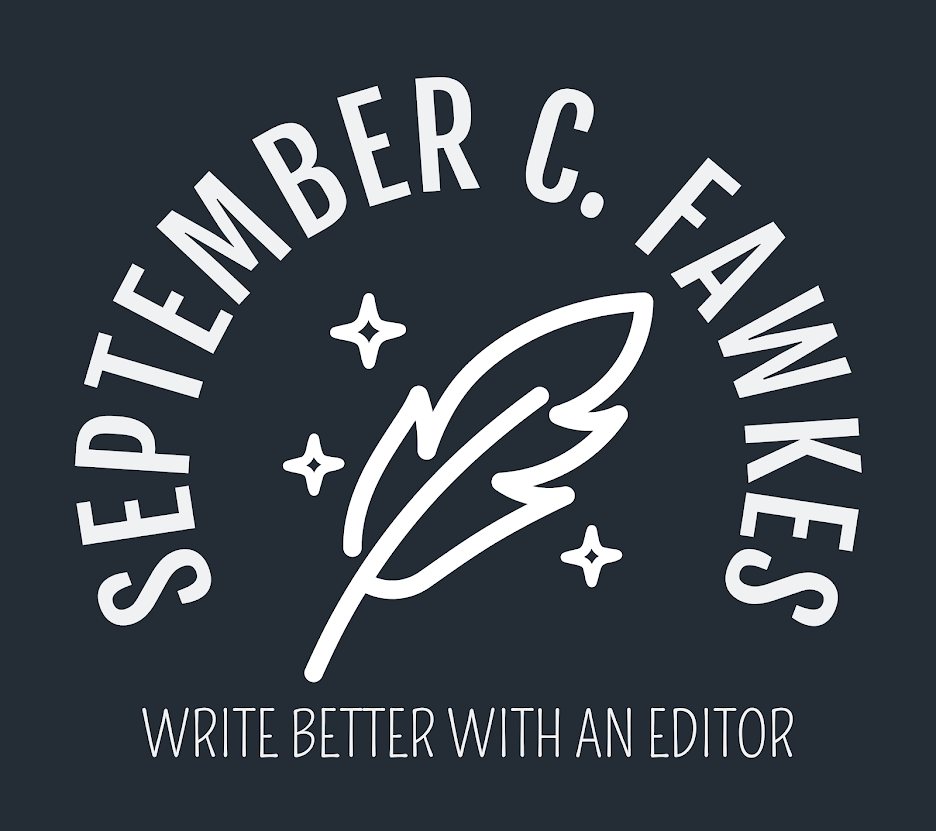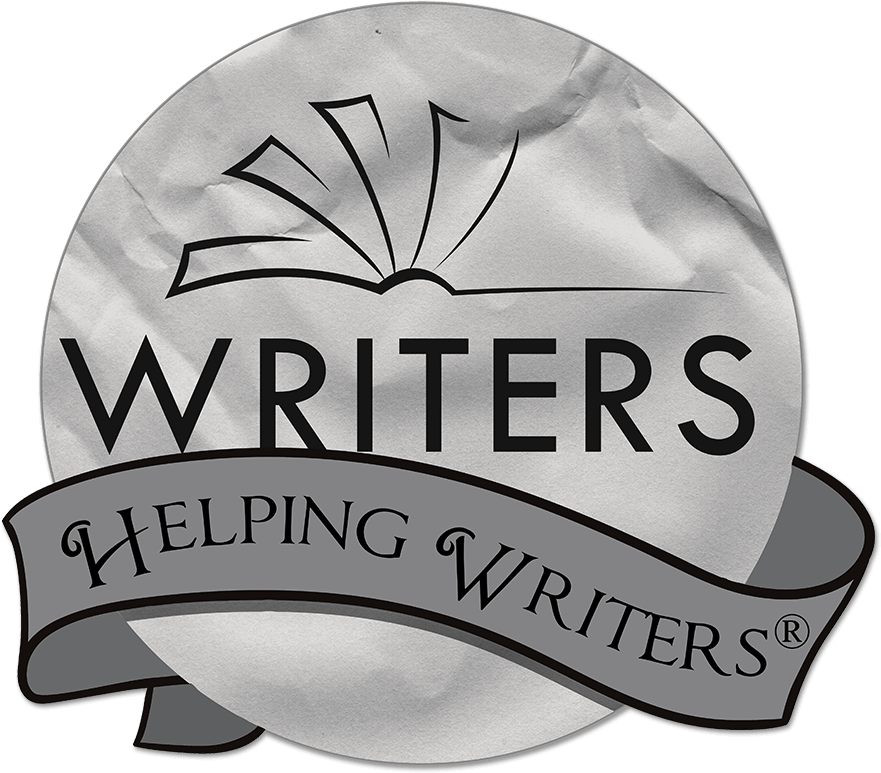Reads for Fiction Writers
 I got this book from my sister-in-law Shallee McArthur, who told me she loved it.
I got this book from my sister-in-law Shallee McArthur, who told me she loved it.I did too.
This is a must-have for every fiction writer.
When I first cracked open the book, I found myself reading a lot of info that I already knew... but then Kress delved deeper into characters, emotions, and viewpoints and illuminated aspects of each that I had never thought of.
The book leads writers through the process of creating a character and provides a diagram along the way:
Backstory --> personality/character traits --> wanting something (motivation) --> emotion (felt inside) + emotion (displayed outwardly)
Here is a little statement that sums the diagram up somewhat:
“Backstory creates personality/character, which in turn creates motivation, which causes your characters’ emotions.”
Kress outlines how characters talk about and show (or hide) their emotions. She examines instances where characters are straightforward about their feelings or deceptive about them. And she teaches how to write for both situations.
Kress also delves into complicated characters—how to create them and how to show your readers their complexity. She categorizes characters based on their motivations and changes. Often as writers we hear that we should have a character that has a goal and that during the novel, that character works to achieve this goal. It’s straight forward; it's simple.
But Kress takes this concept further. She explains there are—
1. Characters whose motivations don’t change during the story, and they don’t change either. They are still the same person by the end of the story, give or take.
2. Characters whose motivations change, but they don’t.
3. Characters whose motivations don’t change, but they do.
4. Characters whose motivations change, and they change also.
I loved that part. Guess what category my protagonist fits into? Number 4.
I got to the section on viewpoint, and I thought I already knew a lot about viewpoint (first, third, and omniscient, multiple, close, distant, right?), but again, Kress surprised me with new information. I have a deeper respect for each viewpoint option.

I recommend this book to any fiction writer. In fact, I liked it enough that I’m reading the others in the series. I read Dialogue by Gloria Kempton, and I'm now reading Description and Setting by Ron Rozelle.
If you are interested, you can check out Characters, Emotion, and Viewpoint here.


























I've nominated you for an award :) http://80000words.blogspot.co.uk/2013/05/the-sunshine-award.html
ReplyDeleteYay! Thanks Alys!!
ReplyDelete